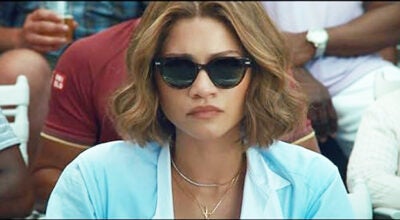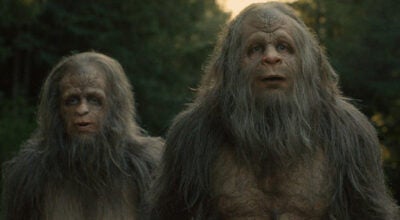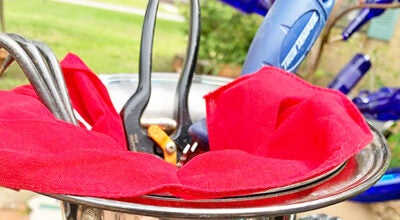EDITORIAL — For Rauschenberg, no belated reward
Published 9:00 am Tuesday, May 21, 2019
From the vantage point of his wood-frame home — now gone — on Port Arthur’s 17th Street, from his classrooms at Port Arthur High — gone, too — from his brief stint as a failed pharmacy student at the University of Texas, Robert Rauschenberg likely had no idea his work would someday be as treasured as it was last week. Not even close.
“Buffalo II,” a silkscreen the artist created more than 50 years ago, sold at auction for $88.8 million last week in New York, some $70 million more than any previous Rauschenberg work. Folks who know better said it would sell for $50 million, still many times more than the previous high of $18 million for a single Rauschenberg work.
The revered piece was created the year Rauschenberg claimed the Golden Lion at the Venice Biennale, 1964, at his peak fame. Lesser artists have sold for more.
“The trade’s nonplussed reaction to this news: What took so long?” That’s what Eileen Kinsella of artnet.com wrote. It’s rare to have such a work available, she wrote.
Rauschenberg might have had lots to say about the sale, not only about its value to the art world but its value to him. Dr. Sam Monroe, president of the Port Arthur Historical Society, noted last week that Rauschenberg, a great friend to the Museum of the Gulf Coast, long crusaded on behalf of artists who, after the first point of sale, share in none of the profits of a piece.
Five years back, National Public Radio recollected a confrontation involving Rauschenberg and collector Robert Skull. The latter purchased a Rauschenberg piece for $900, then years later re-sold it for $85,000.
“I’m working … for you to make that profit?” Rauschenberg asked the collector.
In fact, no. Rauschenberg was working to make the art itself.
But a showing of Rauschenberg’s combine work, “Barely There,” at the Museum of the Gulf Coast last summer taught us that in some cases, artists really are working at starvation wages. As one story goes, “Barely There” was created in New York in the late ‘50s or early ‘60s, and simply given to a deli owner by Rauschenberg to thank him for feeding the artist. Last year, a collector said, the painting was worth some $4 million. True? Who knows?
We know this: Rauschenberg became an activist on behalf of artists who sold low and never got to share in subsequent sales of their work. Legislation failed nationally, but became law in California. Monroe recollected that Rauschenberg sold Buffalo II for $16,900.
Of course, you can share in Rauschenberg’s work for considerably less by visiting the museum at 700 Procter St., Monday through Saturday. Enjoy, at admission prices lower than the cost of a deli sandwich.
See also: Belated reward: 1964 Rauschenberg piece auctioned at $88.8 million





